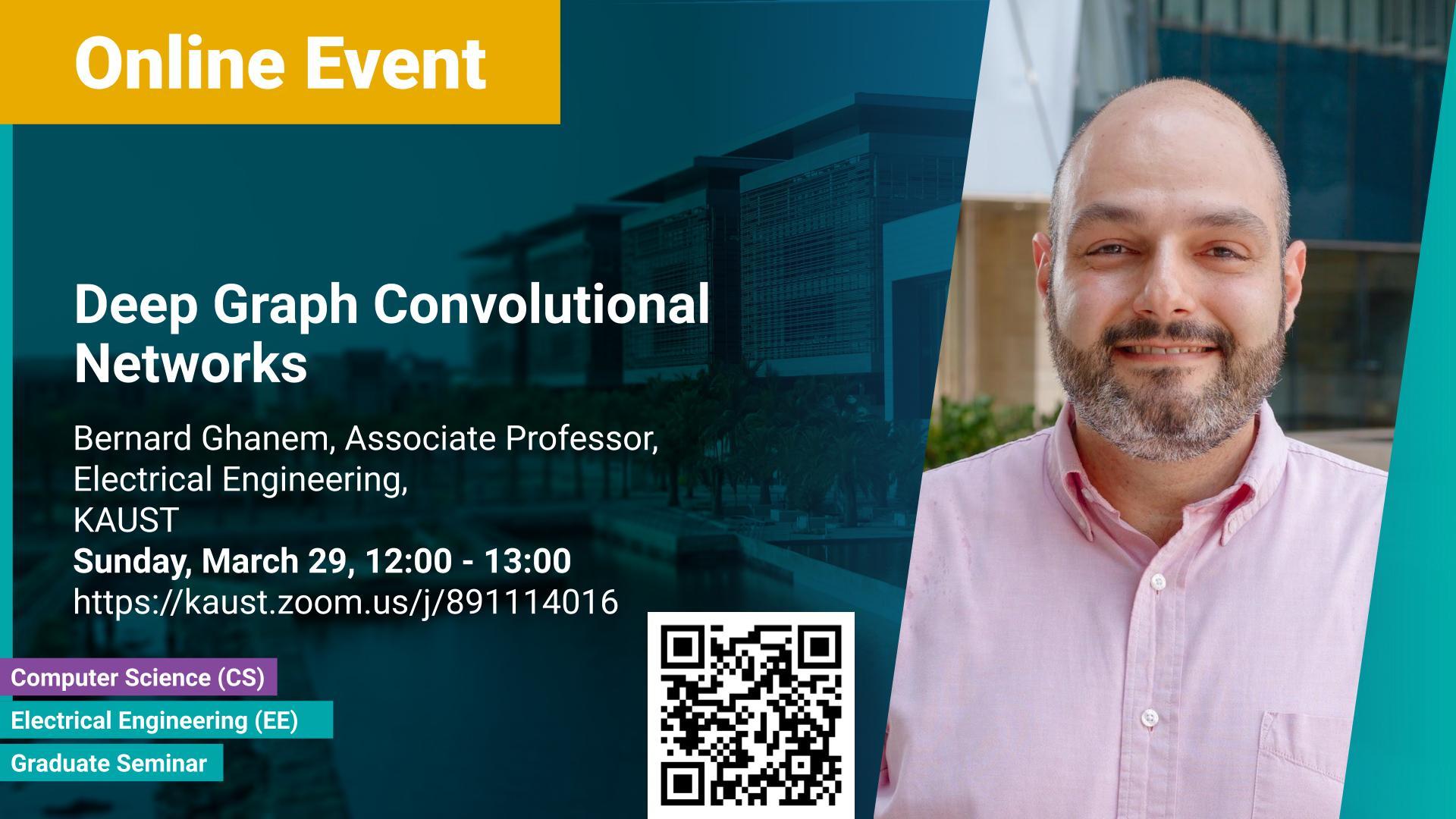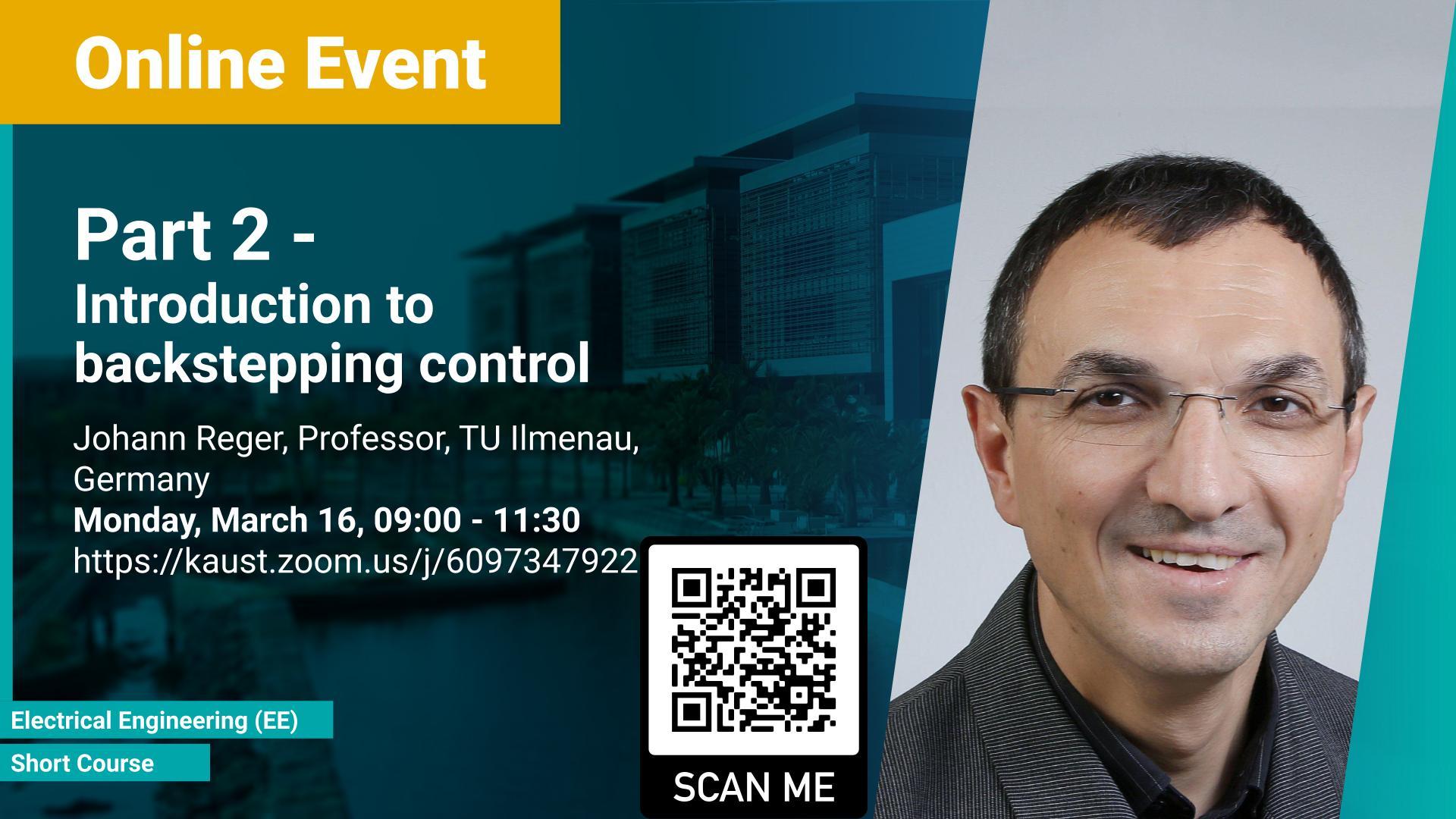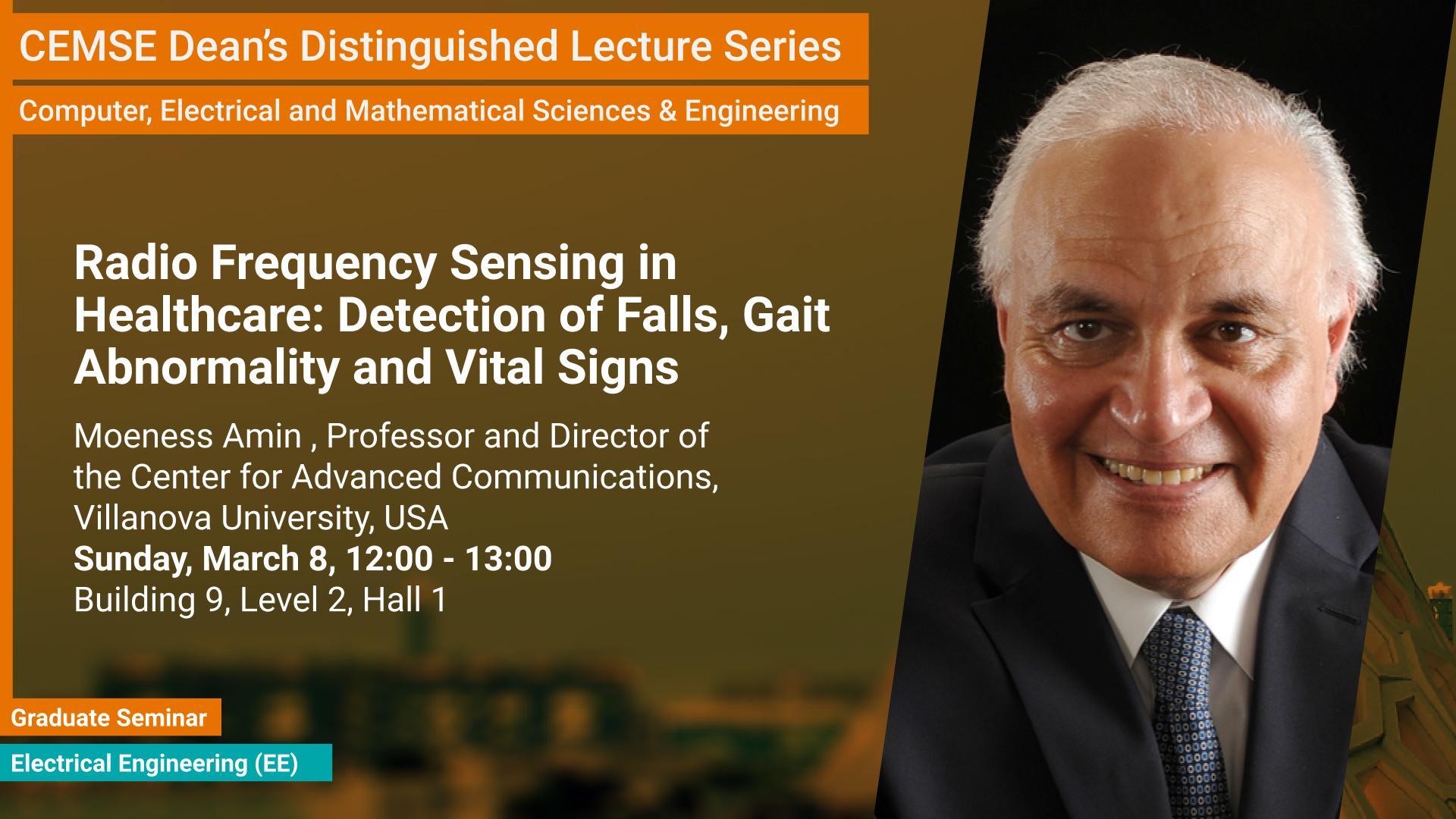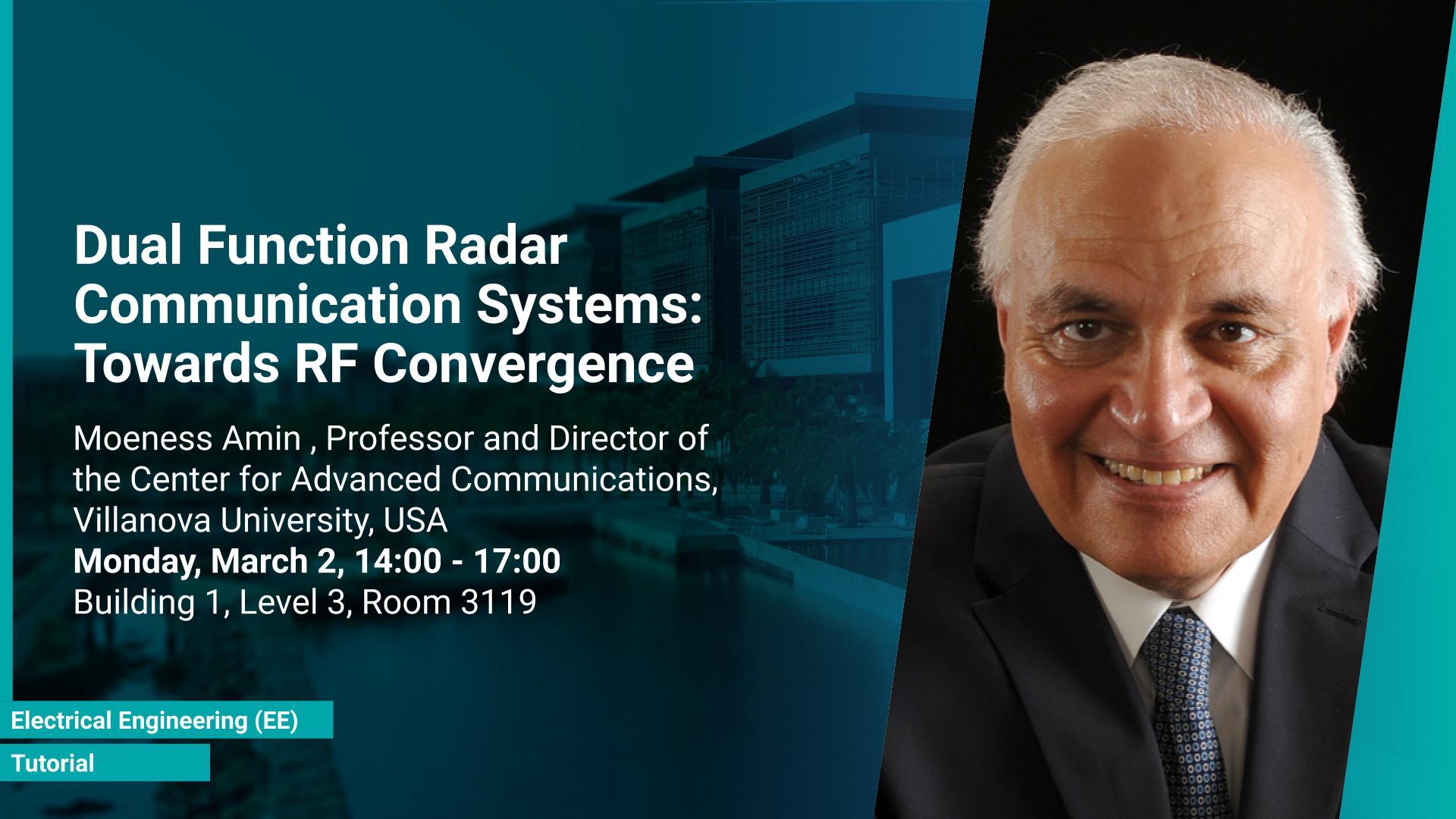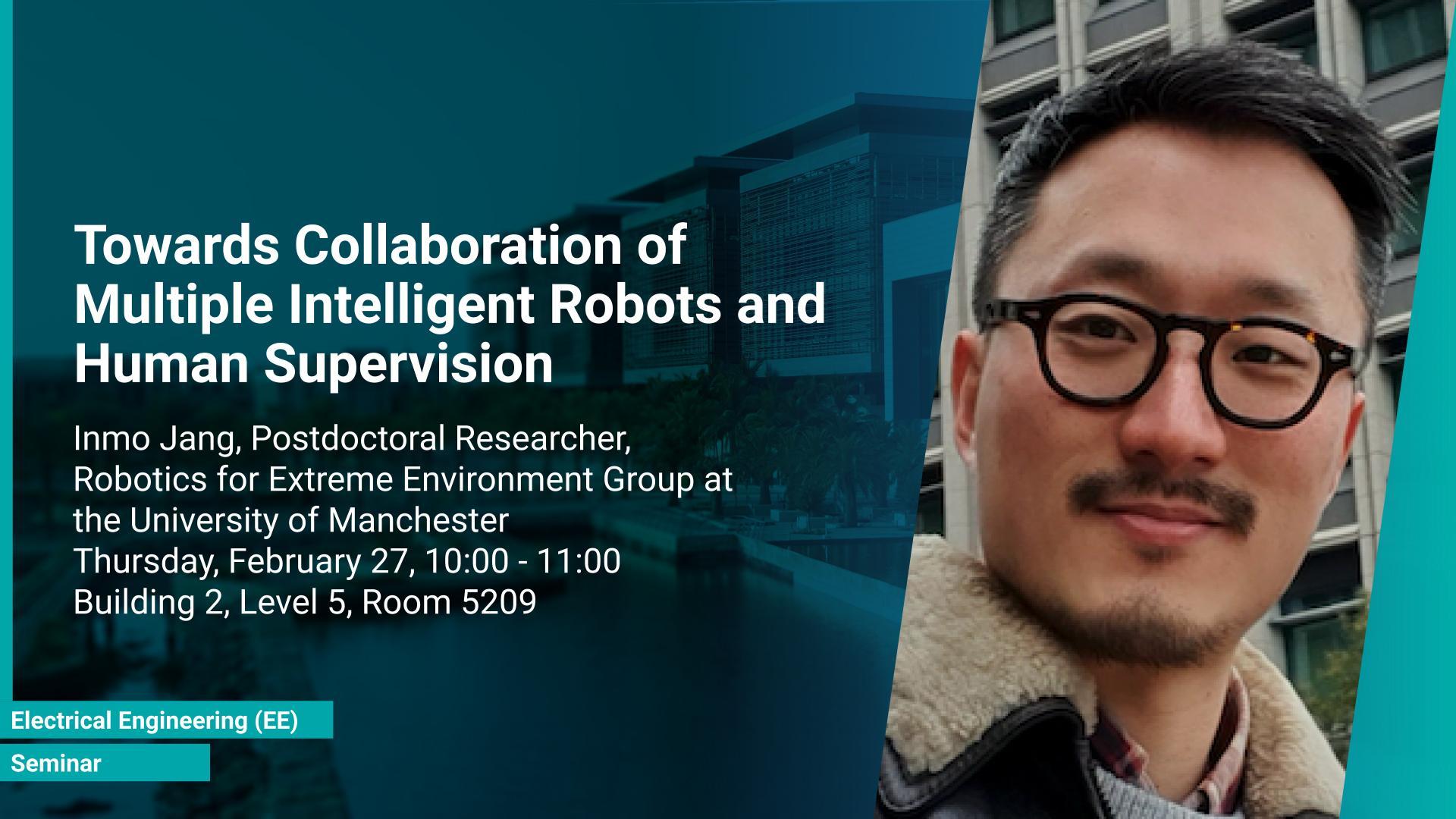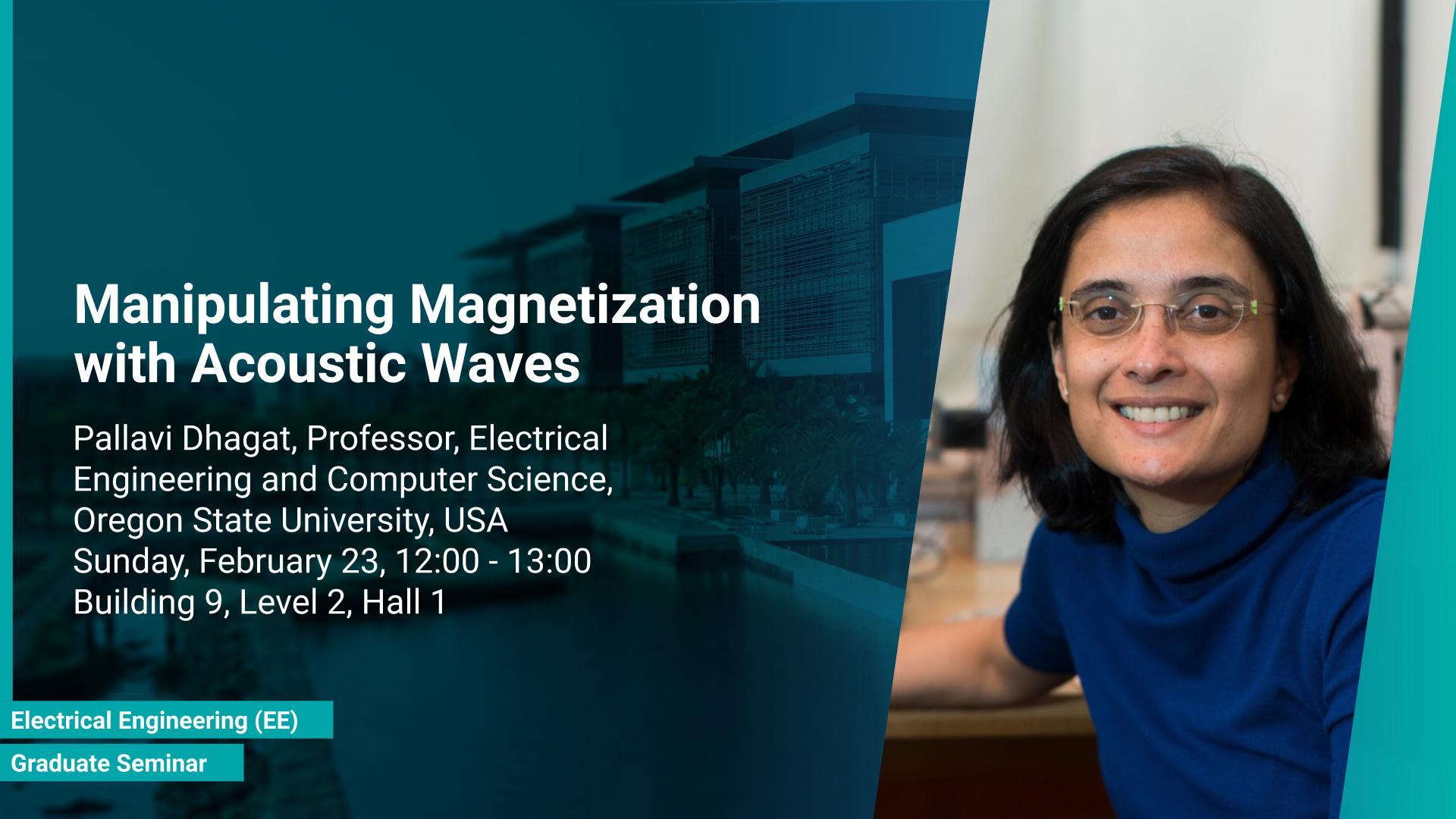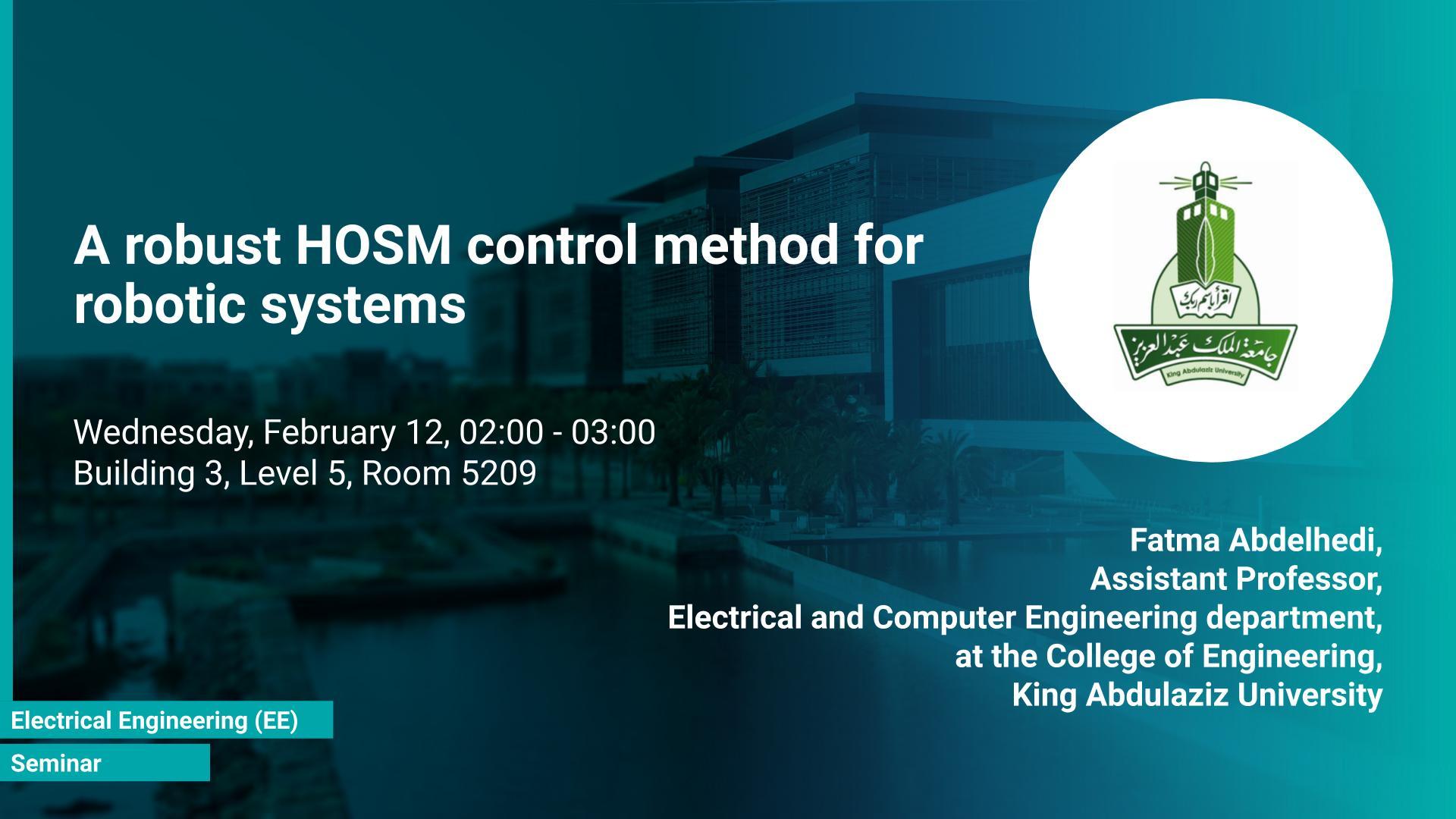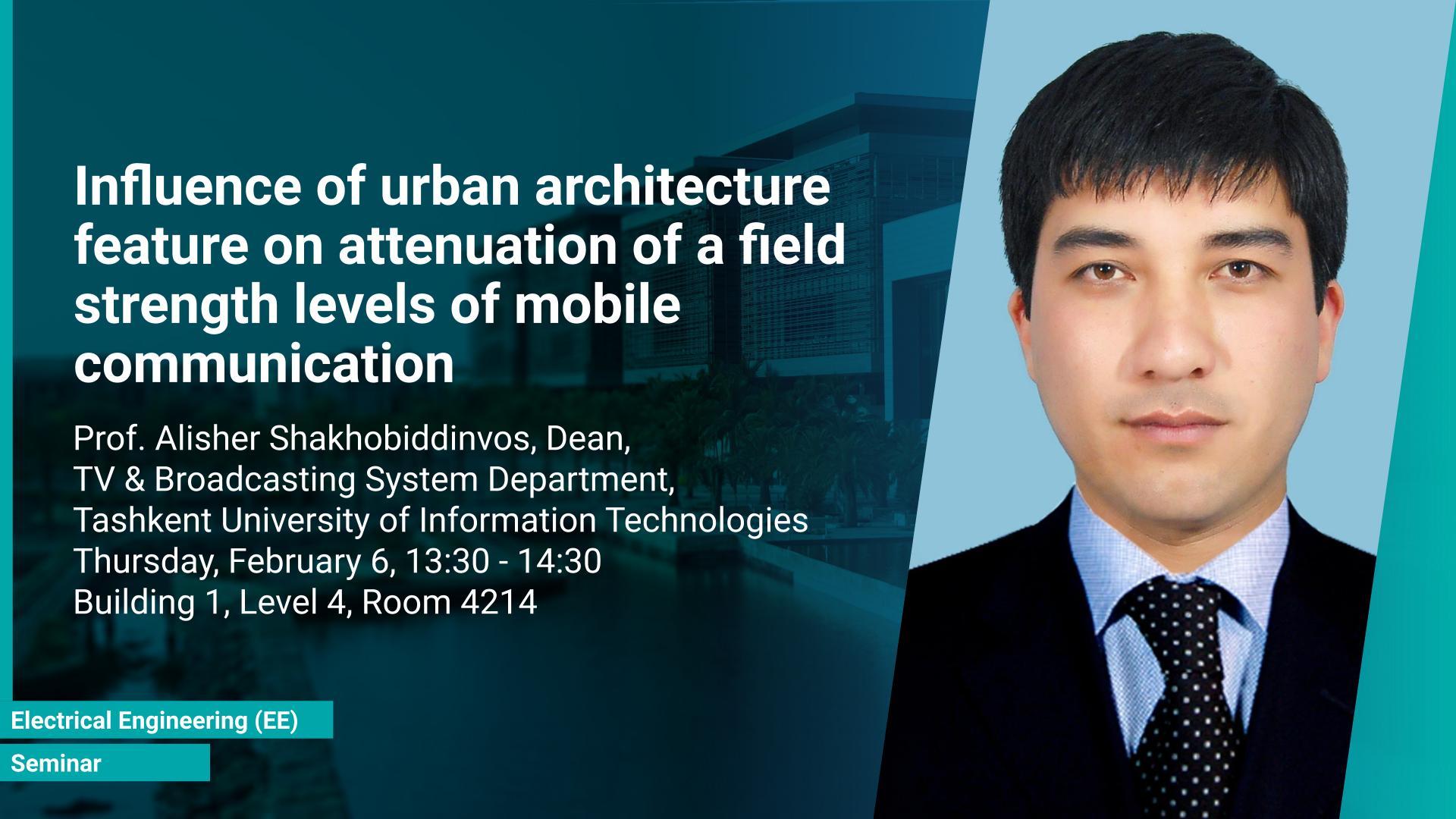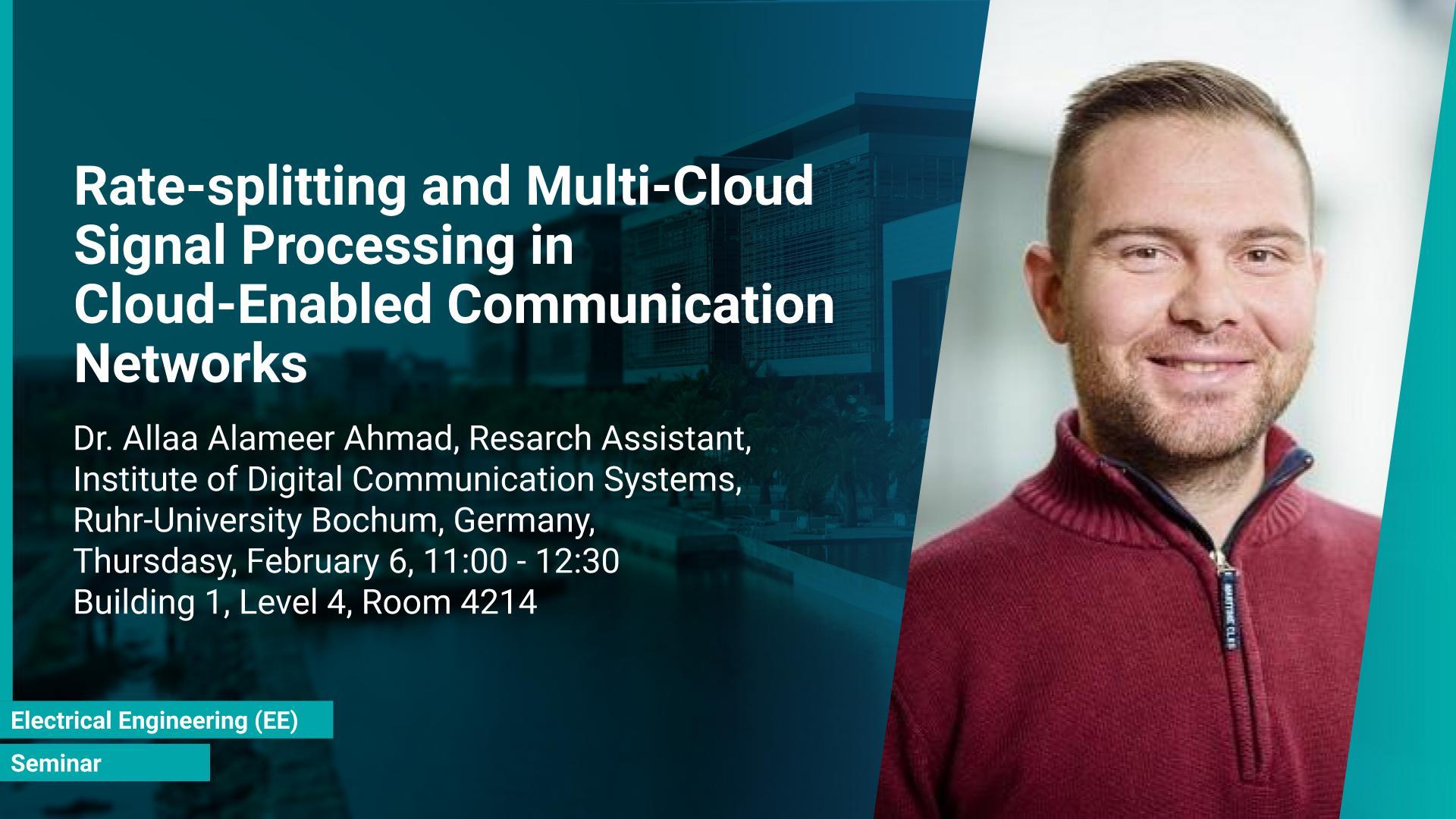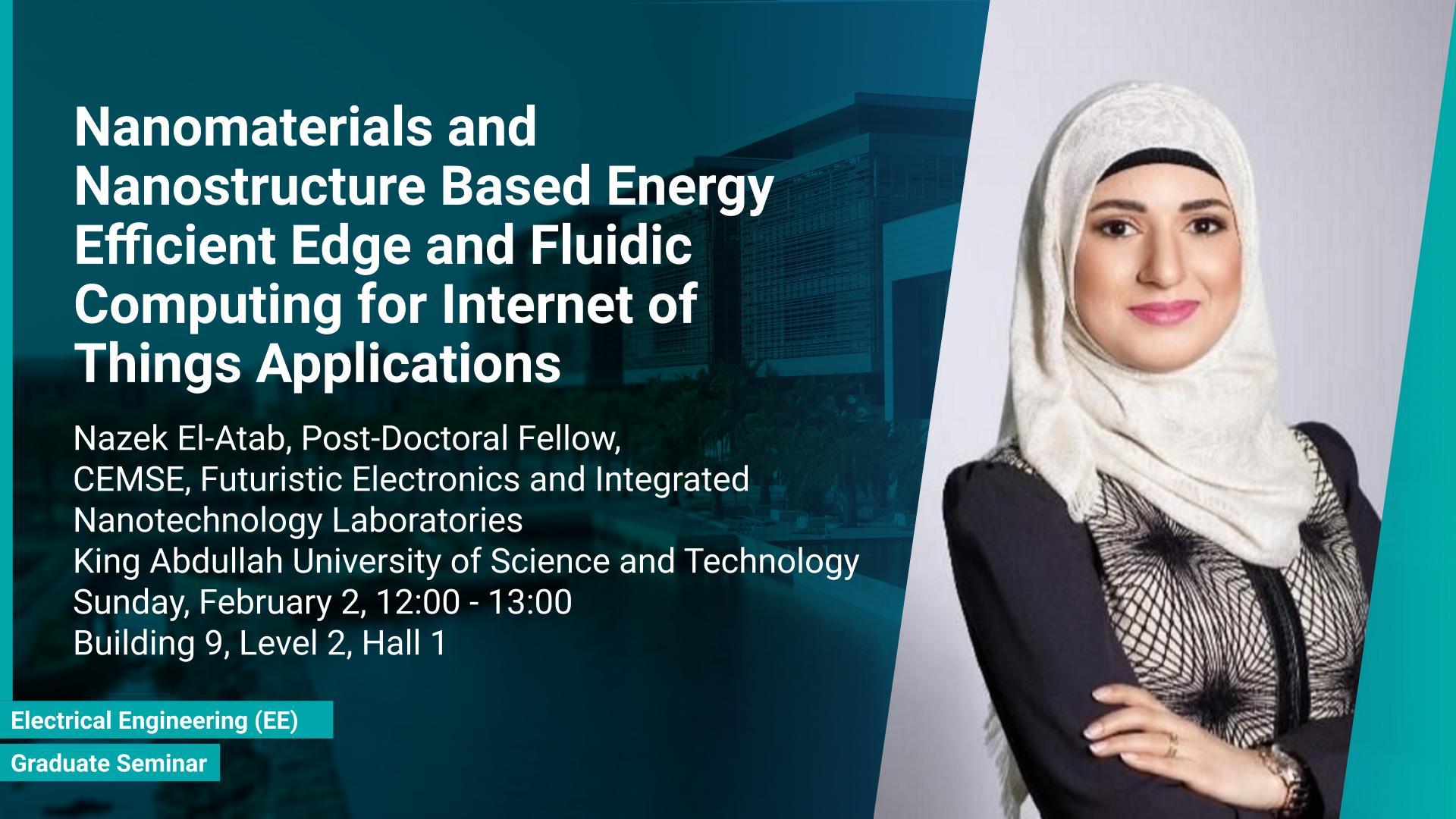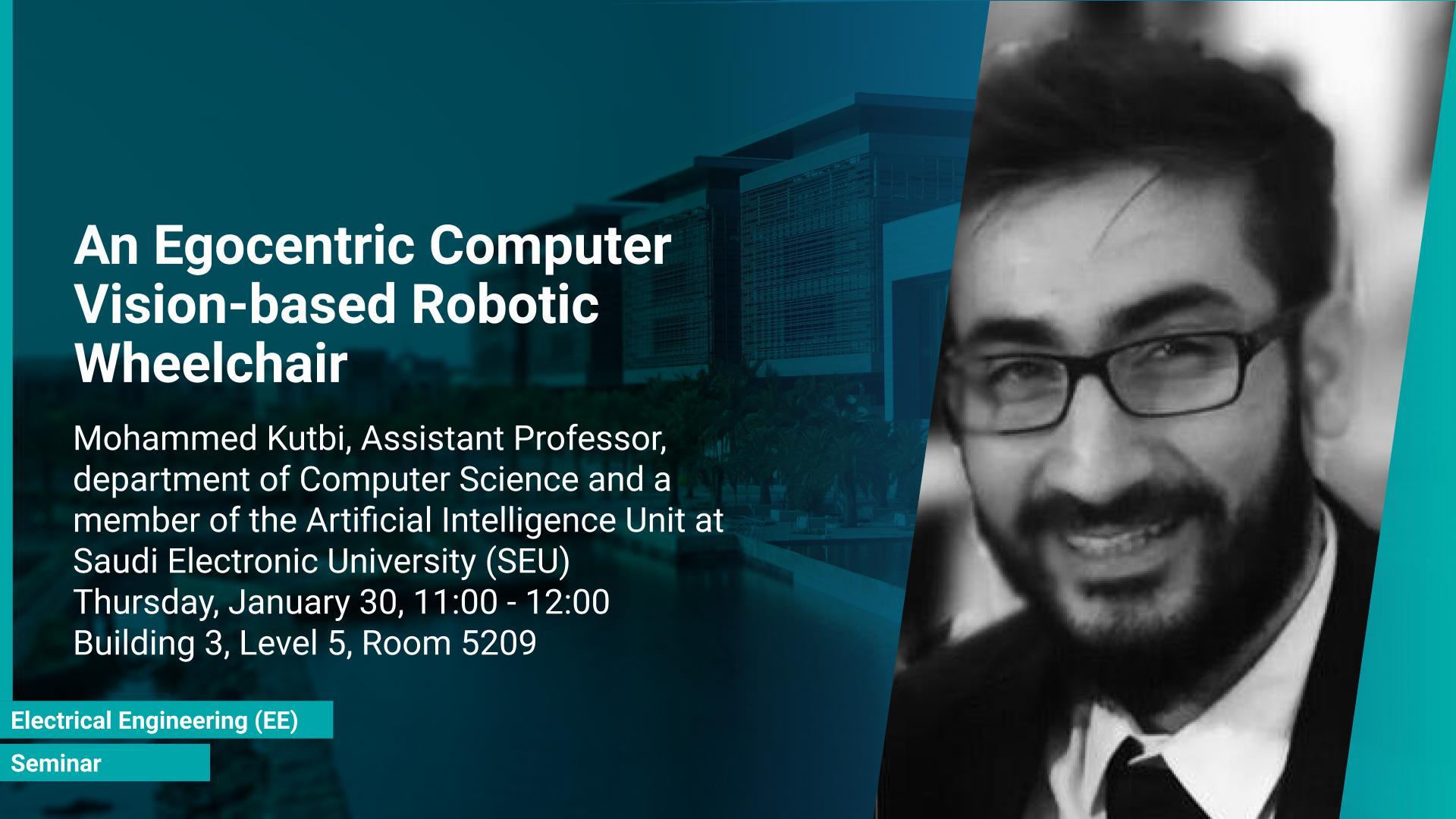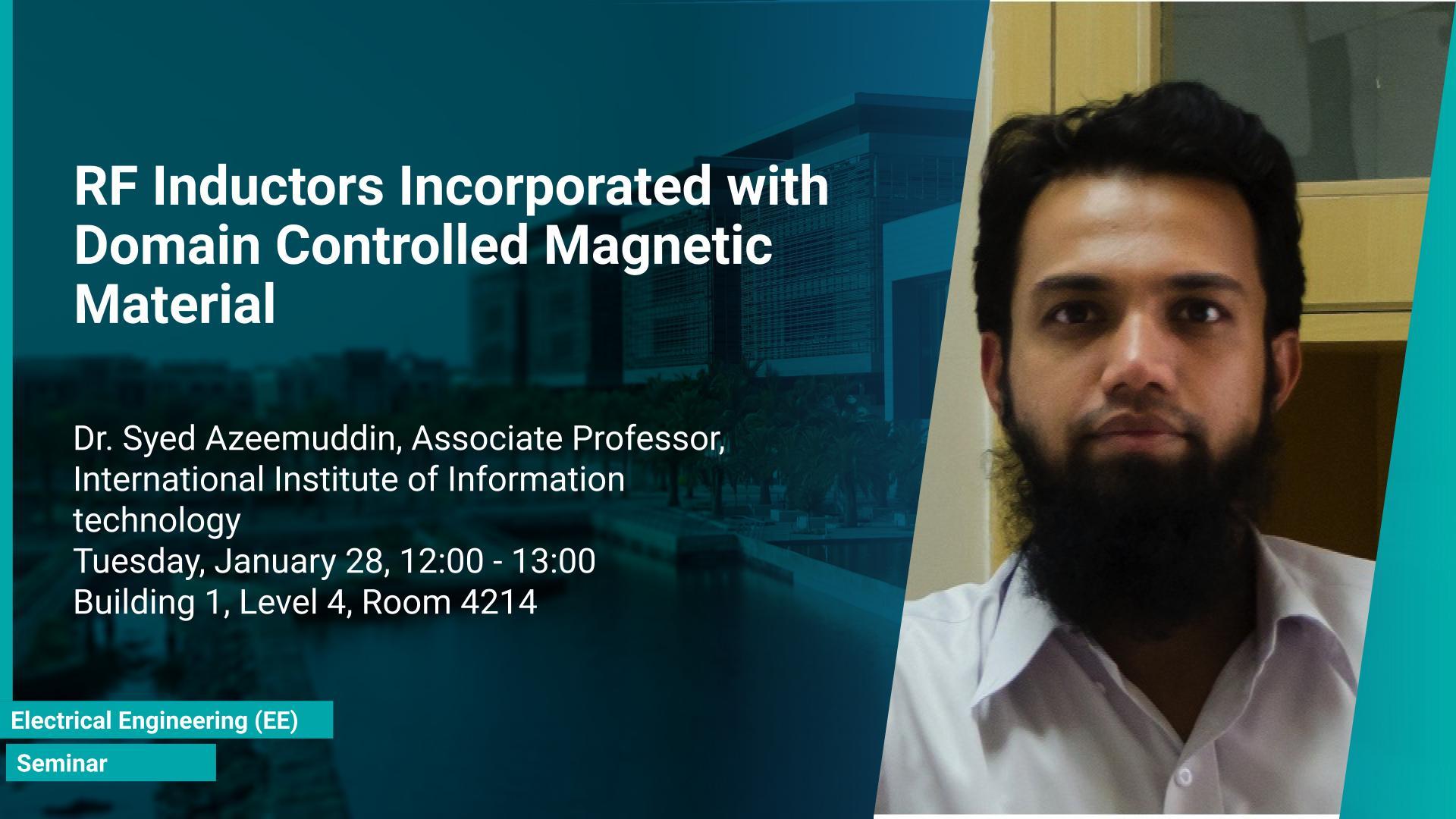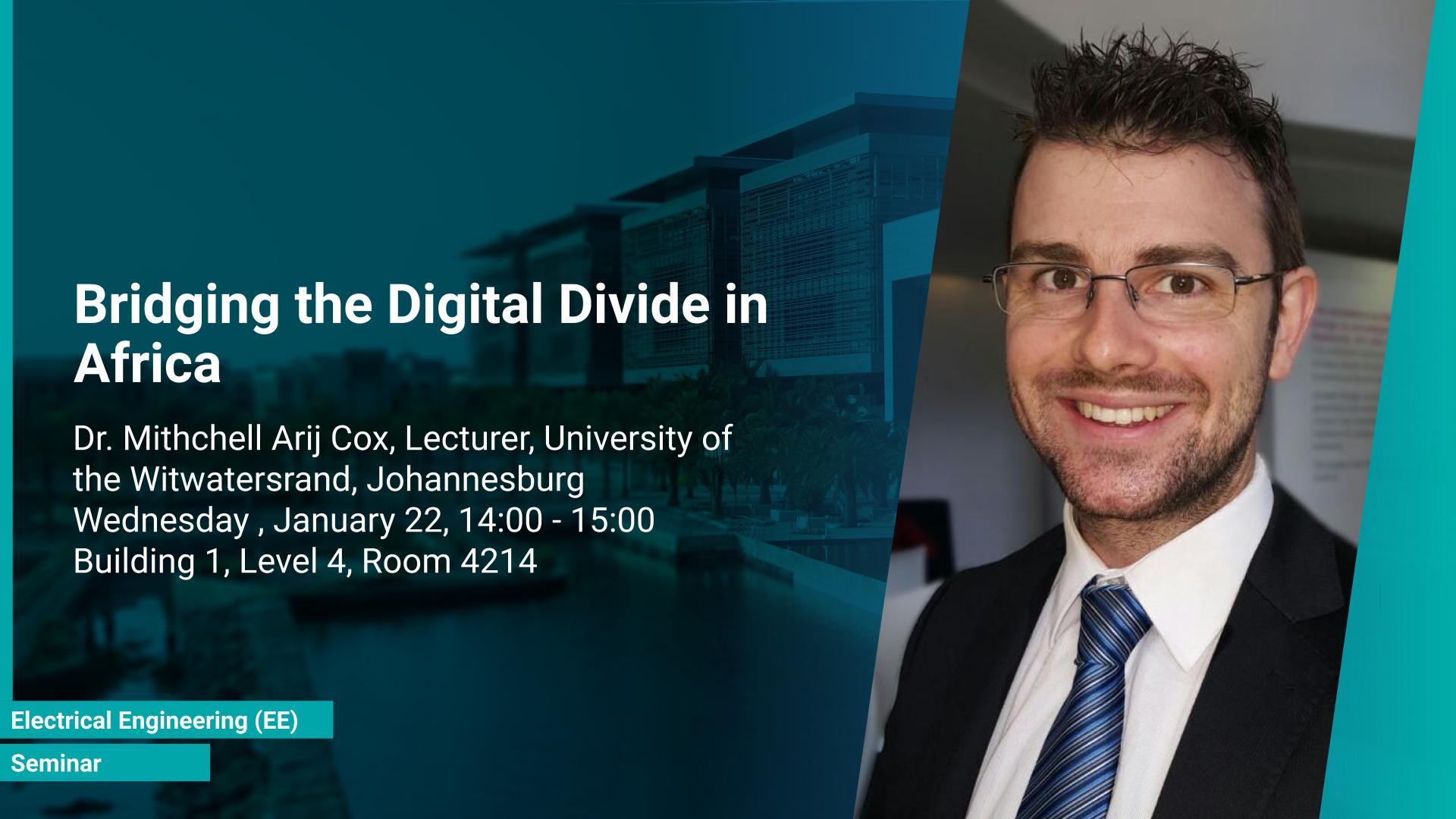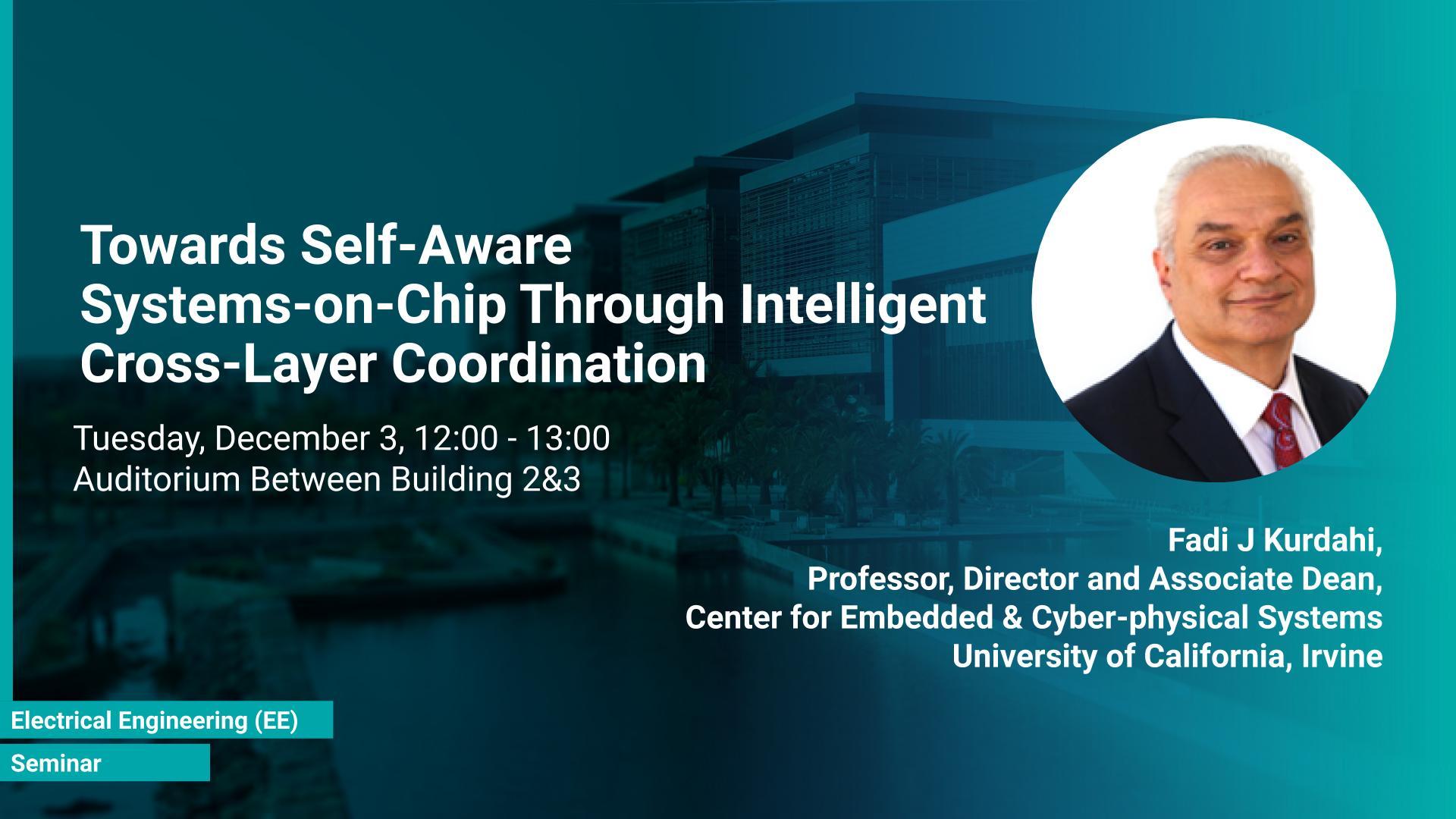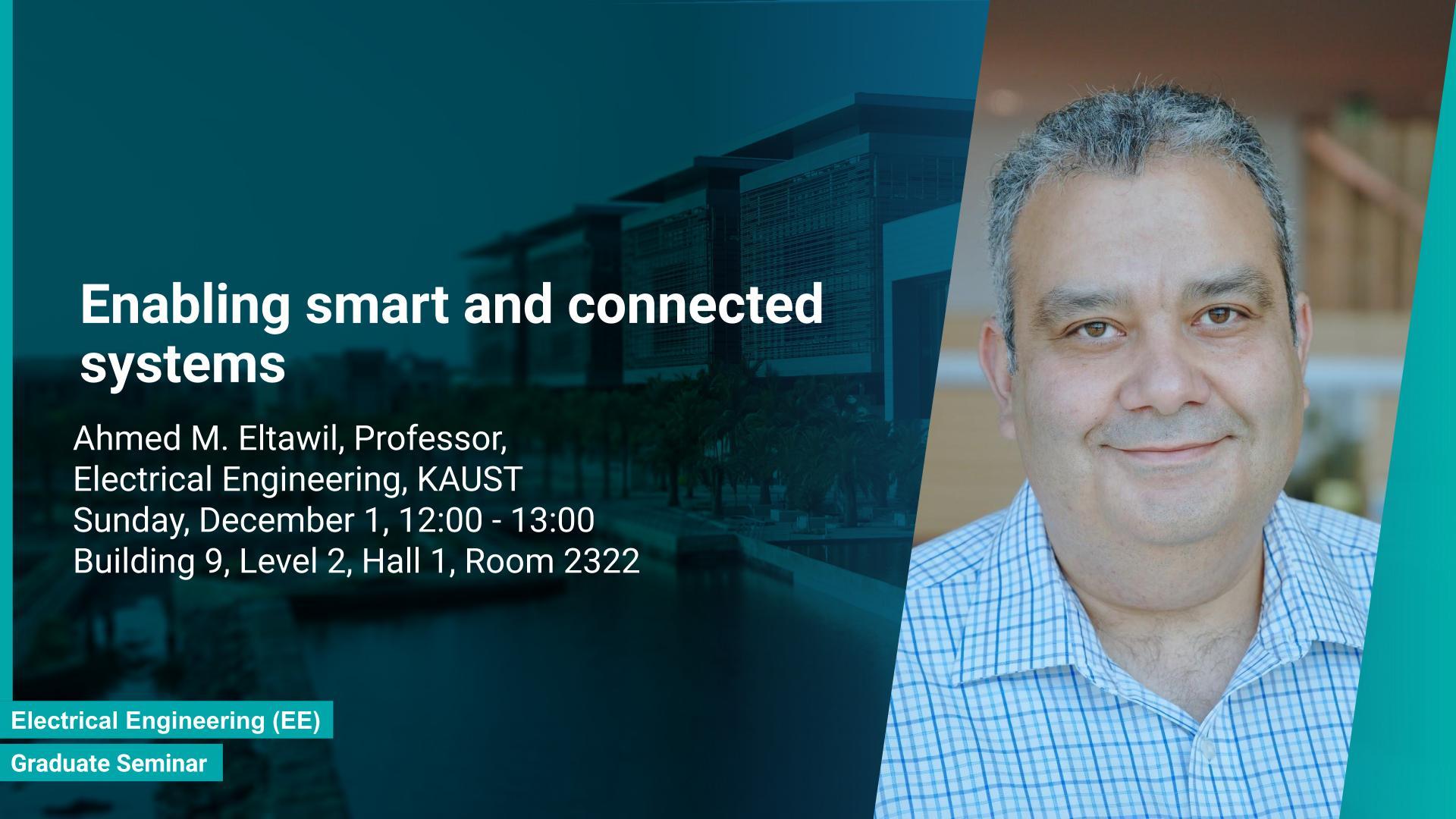Sunday, March 29, 2020, 12:00
- 13:00
KAUST
Contact Person
In this talk, I will present a line of work done at the Image and Video Understanding Lab (IVUL), which focuses on developing deep graph convolutional networks (DeepGCNs). A GCN is a deep learning network that processes generic graph inputs, thus extending the impact of deep learning to irregular grid data including 3D point clouds and meshes, social graphs, protein interaction graphs, etc. By adapting architectural operations from the CNN realm and reformulating them for graphs, we were the first to show that GCNs can go as deep as CNNs. Developing such a high capacity deep learning platform for generic graphs opens up many opportunities for exciting research, which spans applications in the field of computer vision and beyond, architecture design, and theory. In this talk, I will showcase some of the GCN research done at IVUL and highlight some interesting research questions for future work.
